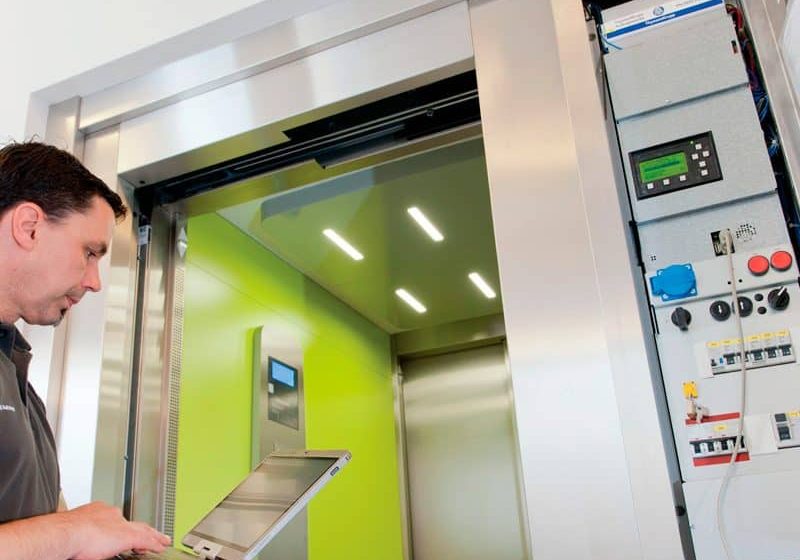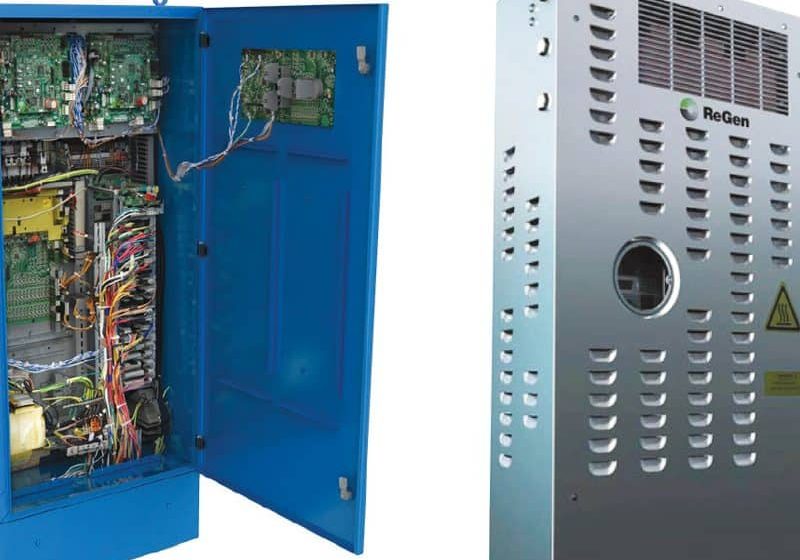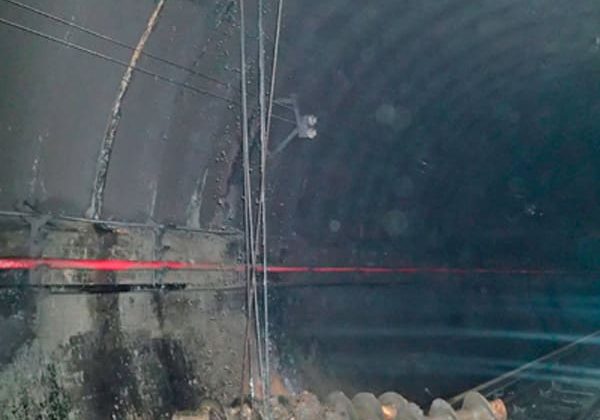An examination of methods proposed in recent EW articles
After my comments on the article “Articulated Funiculator: The Sky Subway” (ELEVATOR WORLD, August 2013), which were published two months later, EW suggested a review of both this article and the related “Time for a Change” (EW, October 2013), because the systems for and planning of efficient vertical-transportation systems continue to be elusive problems. I gladly accept this challenge, because the planning of tall buildings presents a fascinating range of problems.
The first article describes a bold concept for integration of a paternoster-type system in the structural elements of tall buildings. I read this paper with interest, because it describes a complicated and ingenious construction in great detail. I regret to say that it is my view that this concept is not viable. The high rates of acceleration and deceleration (a 1-G environment) and the high speeds envisaged in this article are impossible propositions. The mechanical complications of the proposed system are probably an engineering nightmare. Moreover, a single high-speed train means zero transportation in case of failure.
The elevator industry has done a lot of R&D in the field of elevator technology but has neglected the problems of the application of its products. . .
The second article criticizes the lack of elevator innovation since the device’s early beginnings. I empathize with this concern. The elevator industry has done a lot of R&D in the field of elevator technology but has neglected the problems of the application of its products (i.e., their use and importance as vertical-transportation systems). This neglect has, in particular, negatively affected the development of group controls. I have referred to these problems in other articles and will herein limit my reaction to the ideas of the second article.
I fully agree that the hoistways of groups with “single-box” cars occupy a huge amount of building space. Also, the conclusion of the article, stating that all structural loads must be put at the building perimeter, is undoubtedly correct. However, the suggestion, “to put the architectural and structural programs first, then design the vertical-transportation systems to fit” is very wrong. To design a 200-floor structure may be considered easy. But, what should be done if, afterward, a satisfactory solution for moving 15,000 building users is not found?
The main purpose of a tall building is not the building itself; its purpose is to provide floor space in which to work and/or live (i.e., to serve people). These people must be able to go in and out of a building very quickly. For the efficient use of floor areas, groups of local elevators should be positioned in central locations. The use of hoistways as structural elements was a practical solution that, in the past, did not affect group operations. However, structural designs may well have caused undesirable restrictions for group configurations.
Express elevators to sky lobbies can (and probably should) be positioned at the perimeters of tall buildings. They can probably be distributed over the perimeter, because intelligent controls will always guide each passenger to the nearest next-departing car by means of direct communication via mobile phones. Integration of six or more triple-deck express elevators in the structural elements at the perimeter would be a good solution for moving many passengers to and from sky lobbies – for example, on levels 100 and 200. It is easy and attractive to provide short walkways to the central positions of local groups from the perimeter of a sky lobby.
Planning Local Groups
In the past, the greatest problem for the planning of efficient local groups was the lack of knowhow in respect to the theoretical performance potential of groups. The discovery of the inherent relativity of group characteristics has solved this problem, because it has made the performance potential of groups transparent. Intelligent destination group controls will enable any group to deliver its specific best-possible performance under all traffic conditions.
The configuration of groups define their performance potential (i.e., the planning of local groups is now an exact process that enables contractual guarantees for group service qualities). Intelligent controls also enable the minimizing of space and energy requirements. My most recent article, “Performance Analysis” (EW, January 2014), outlines their basic potential but does not cover their limits.
Intelligent destination group controls will enable any group to deliver its specific best-possible performance under all traffic conditions.
I hope the authors of the articles under review feel encouraged by this reaction, because all of us (including architects and consultants) should motivate the elevator industry to give more attention to the application of their products in tall buildings. Their articles have encouraged me to formulate thoughts on this topic.
I thank EW for its interest in my work and the publication of my articles. This has brought thousands of visitors to my website (elevatorgroupcontrols.com) but amazingly few reactions. At any rate, no one has denied the inherent relativity of group characteristics or the innovation potential of intelligent group controls.
Get more of Elevator World. Sign up for our free e-newsletter.








